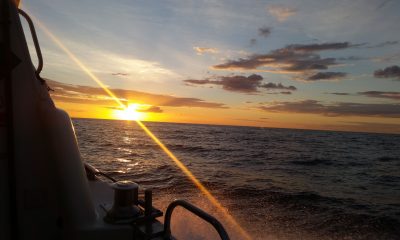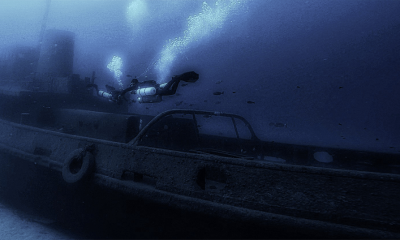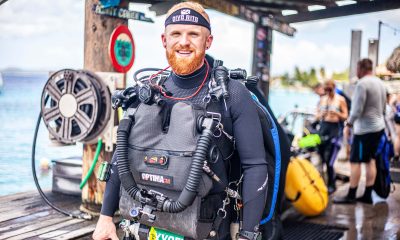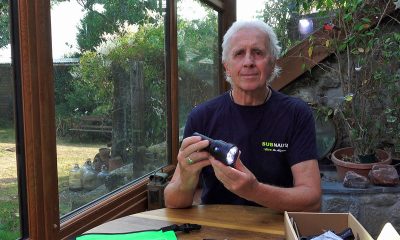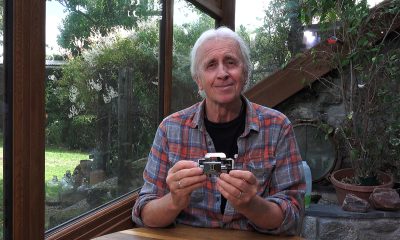News
Rebreather 101 with Paul Toomer
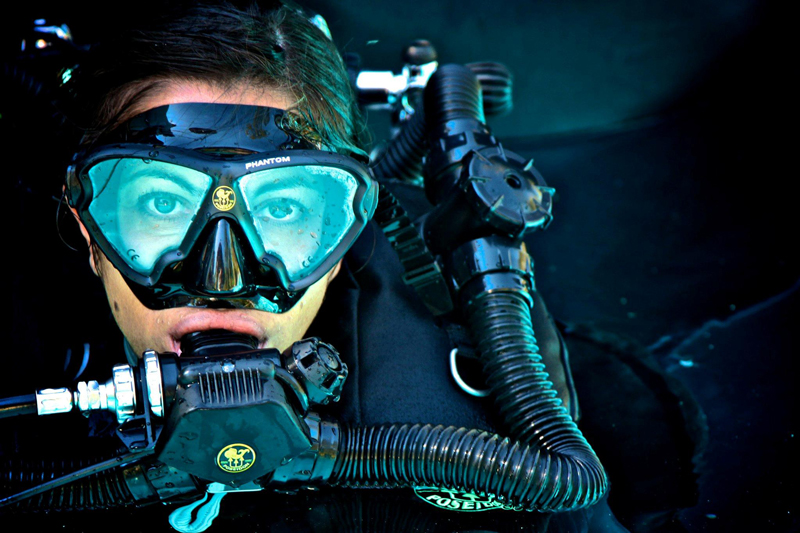
How many of you have heard of Jacques Cousteau? All of you, right?
If you don’t know who he is, you need to be on the ‘Horse and Hounds’ or ‘Amateur Rambling in the Cotswolds’ website rather than Scubaverse. He invented SCUBA didn’t he? Didn’t he also write a book called the silent world?
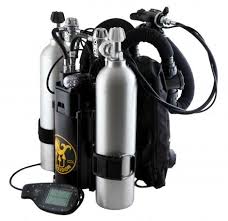 Now, we all know he didn’t invent SCUBA; that was actually some geezer whose name we can’t remember and Mr C just stole all the glory, right?
Now, we all know he didn’t invent SCUBA; that was actually some geezer whose name we can’t remember and Mr C just stole all the glory, right?
Wrong! Well… partially wrong. Mr C stole the open circuit glory but not SCUBA. SCUBA is self contained underwater breathing apparatus and it was invented a long, long time ago. And it was a Closed Circuit Rebreather (CCR). That is why his world was SILENT. Open circuit is hardly bloody silent. If you don’t believe me, take a try dive on a rebreather and listen for when the hordes of wildebeest come charging past you blowing those confounded bubbles.
What is a Rebreather?
A rebreather is a closed breathing circuit (loop) enabling gas to be recycled, therefore giving the user an extended use of the limited gas that he/she carries. There are two primary problems that have to be overcome to make the rebreather work though. The first is the fact that we metabolise oxygen, and if we breathe too low an amount of oxygen it can cause unconsciousness, which could of course lead to an ultimately death. A by-product of oxygen metabolism is the creation of carbon dioxide, and this insidious gas can also lead to unfortunate circumstances, especially underwater (as I’m sure you can imagine).
The loop and how it works
When a diver exhales, his breath is forced through a non-return valve which forces the exhaled air through a carbon dioxide removal system known as a scrubber (I love that word). The scrubber is made up of a chemical called Sofnalime, which is primarily calcium hydroxide. The exhaled breath is scrubbed clean of carbon dioxide and the breath is now pushed through an area where oxygen analysers analyse how much oxygen is left in that cleaned breath. The analysers talk to a computer (the unit holds a constant PO2 or oxygen partial pressure) which then tells a solenoid to open and add oxygen to the loop if required. This can also be done manually of course in the event of any problems.
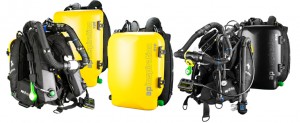 There are also counterlungs on the unit, which allow the diver to breathe gas around the loop. Without the counterlung the diver would be unable to breathe. It’s similar to trying to breath out of a glass bottle; it’s impossible. However, breathing out of a plastic bag is possible, although very unsafe. As the diver descends in the water hydrostatic pressure acts on the counterlung and compresses the gas within it. To enable the diver to breathe, diluent gas (a gas containing one or more inert gasses, normally air or trimix) is manually or automatically added to the loop.
There are also counterlungs on the unit, which allow the diver to breathe gas around the loop. Without the counterlung the diver would be unable to breathe. It’s similar to trying to breath out of a glass bottle; it’s impossible. However, breathing out of a plastic bag is possible, although very unsafe. As the diver descends in the water hydrostatic pressure acts on the counterlung and compresses the gas within it. To enable the diver to breathe, diluent gas (a gas containing one or more inert gasses, normally air or trimix) is manually or automatically added to the loop.
Finally, due to the fact that the CCR holds a constant PO2, compared to open circuit where it’s optimum PO2 is only achieved at the Maximum Operating Depth, rebreathers will penalise the diver less in terms of decompression obligation. Another huge plus.
Gas, Gas, Gas!
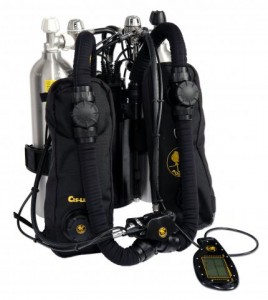 Rebreathers work on metabolic rate and not surface air consumption rate. This means that if a diver uses 20 litres of air a minute but only metabolises 1 litre of oxygen, the rebreather is massively more effective at conserving gas. An example of this based on the above gas usage rates would be: An open circuit diver is at 30 metres on the Thistlegorm, for example, and is there for 30 minutes. He uses 20 litres/min x4 ata (30 metres) x30 minutes = 2400 litres of gas, or a full 12 litre cylinder pumped to 200 bar. If a CCR diver was at the same depth and for the same time he would use only 30 litres of oxygen. Therefore, if the CCR diver had a 2 litre cylinder filled to 200 bar, he would have 400 litres available. Based on a 1 litre metabolic rate that diver could stay on the Thistlegorm for 400 minutes or 6.66 hours.
Rebreathers work on metabolic rate and not surface air consumption rate. This means that if a diver uses 20 litres of air a minute but only metabolises 1 litre of oxygen, the rebreather is massively more effective at conserving gas. An example of this based on the above gas usage rates would be: An open circuit diver is at 30 metres on the Thistlegorm, for example, and is there for 30 minutes. He uses 20 litres/min x4 ata (30 metres) x30 minutes = 2400 litres of gas, or a full 12 litre cylinder pumped to 200 bar. If a CCR diver was at the same depth and for the same time he would use only 30 litres of oxygen. Therefore, if the CCR diver had a 2 litre cylinder filled to 200 bar, he would have 400 litres available. Based on a 1 litre metabolic rate that diver could stay on the Thistlegorm for 400 minutes or 6.66 hours.
6.66 hours compared to 30 minutes? A gigantic difference I am sure you’ll agree. This is the primary reason that deep technical divers prefer CCR. It’s all in the gas.
Aquatic Life
I took a CCR to the Maldives on a liveaboard a few years ago. I never went past 40 metres for the two weeks I was there and apart from the fact that I never had any decompression schedule, I was swamped by the aquatic life. I was chased by barracuda, nibbled by moray eels, had a 2 metre stingray push me down the reef as if I was not there. Mantas thought I was some kind of weird yellow box fish and finally, the sharks…..oh my God, it was unbelievable! I had white tips on a night dive try and beat me up, chewing my fins and rubbing themselves on me as they went passed, banging into me to see what I was….just incredible. It was one of the best dives of my entire life. This dive alone was enough reason to spend all that money on my unit.
Here is a little history for you:
- 17th century – the first rebreather was conceived by Giovanni Borelli
- 1878 – the first practical system produced by Henry Fleuss, who after diving his fully working unit swore he would never dive in the damnable thing ever again. He absolutely shit himself while doing some work in a flooded tunnel.
- 1881 – the first CO2 absorbent used by Khotinsky and Lake
- Prior to WWI – Dräger started produced rebreather systems. Mainly used for blowing the crap out of poor old Allies.
- WWII – Italian & British Navies used Oxygen & Nitrox systems. The Italian units were mainly used for long swims away from enemy lines back to Italy. The British units were primarily used for blowing the crap out of the Axis countries.
- 1990s – manufacturers launch many units including: Sentinel, Inspiration, Evolution, Megaladon, Ouroboros, Kiss, Optima, rEvo, Poseidon Mk 6, etc.
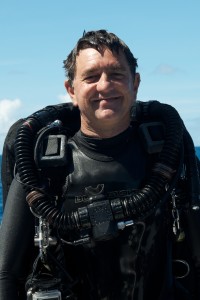 All that is left to do now is pick your unit, get some top end training and go and play. I assure you this is the future.
All that is left to do now is pick your unit, get some top end training and go and play. I assure you this is the future.
Next time we will look at some of the CCRs available, their features, recreational and technical CCR, and of course training options.
Please note that this article covers the basics of CCR. I really hope it gives you a little understanding of rebreathers, as I believe they are the way we will all dive in the future.
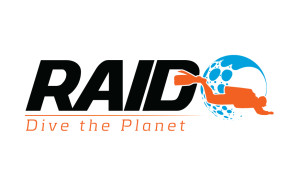 Paul is the Director of Training at RAID. To find out more about the courses that RAID offers, visit www.diveraid.com.
Paul is the Director of Training at RAID. To find out more about the courses that RAID offers, visit www.diveraid.com.
Gear News
Go anywhere with Stahlsac
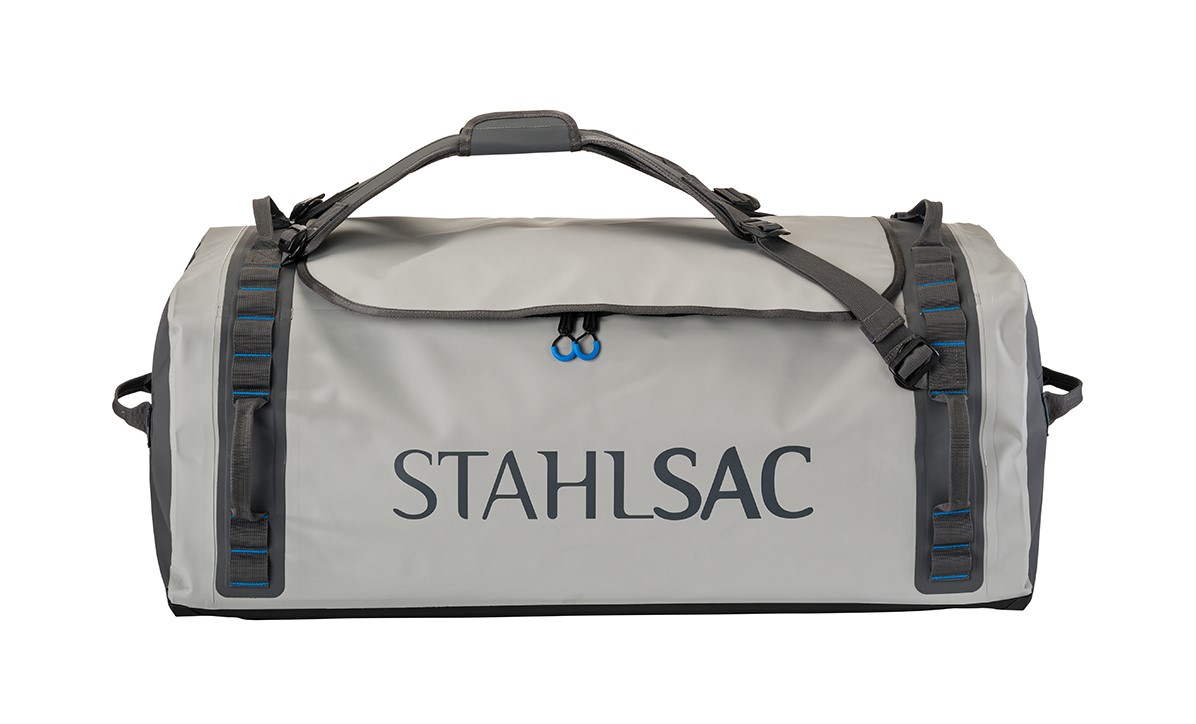
Stahlsac dive bags and travel luggage are built for our community of divers, surfers, kayakers and outdoor explorers who need bags that are constructed with durability, toughness, and 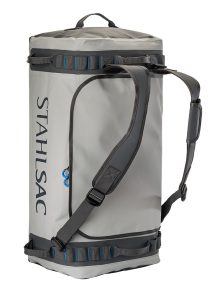 the highest quality the industry has ever seen. We were founded by one man determined to build better watersports and dive bags, and today, that mission is carried on by many. Adventure doesn’t just present itself; it requires discovery. When we design dive bags, we make sure they are tough enough for you to explore in all conditions—warm and cold, wet and dry—to the nearest and farthest reaches of the earth. And for those times you want to push the boundaries of adventure, Stahlsac dive bags make sure you can truly GO ANYWHERE.
the highest quality the industry has ever seen. We were founded by one man determined to build better watersports and dive bags, and today, that mission is carried on by many. Adventure doesn’t just present itself; it requires discovery. When we design dive bags, we make sure they are tough enough for you to explore in all conditions—warm and cold, wet and dry—to the nearest and farthest reaches of the earth. And for those times you want to push the boundaries of adventure, Stahlsac dive bags make sure you can truly GO ANYWHERE.
Abyss Duffels
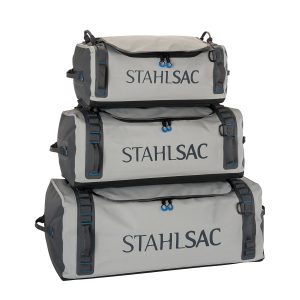 Made to be your partner-in-crime on every adventure, Stahlsac’s Abyss Duffels protects your gear from Mother Nature’s worst. Tough and 100% waterproof with double-TPU nylon material that shrugs off daily wear-and-tear, and RF-welded seams further boost the bag’s potential for lifelong exploring. Get Wet. Get Lost. Go Anywhere with Abyss.
Made to be your partner-in-crime on every adventure, Stahlsac’s Abyss Duffels protects your gear from Mother Nature’s worst. Tough and 100% waterproof with double-TPU nylon material that shrugs off daily wear-and-tear, and RF-welded seams further boost the bag’s potential for lifelong exploring. Get Wet. Get Lost. Go Anywhere with Abyss.
- A weatherproof duffel for trips, travel, and adventure
- Ultra-durable double-TPU nylon protects your gear
- Material repels water and keeps your equipment dry
- RF-welded seams are flush, tough, and waterproof
- Removable straps transform duffel into backpack
- Zippered internal stow compartments carry essentials
- External zippered flap is easy to open and close
- Welded external handles make transporting a breeze
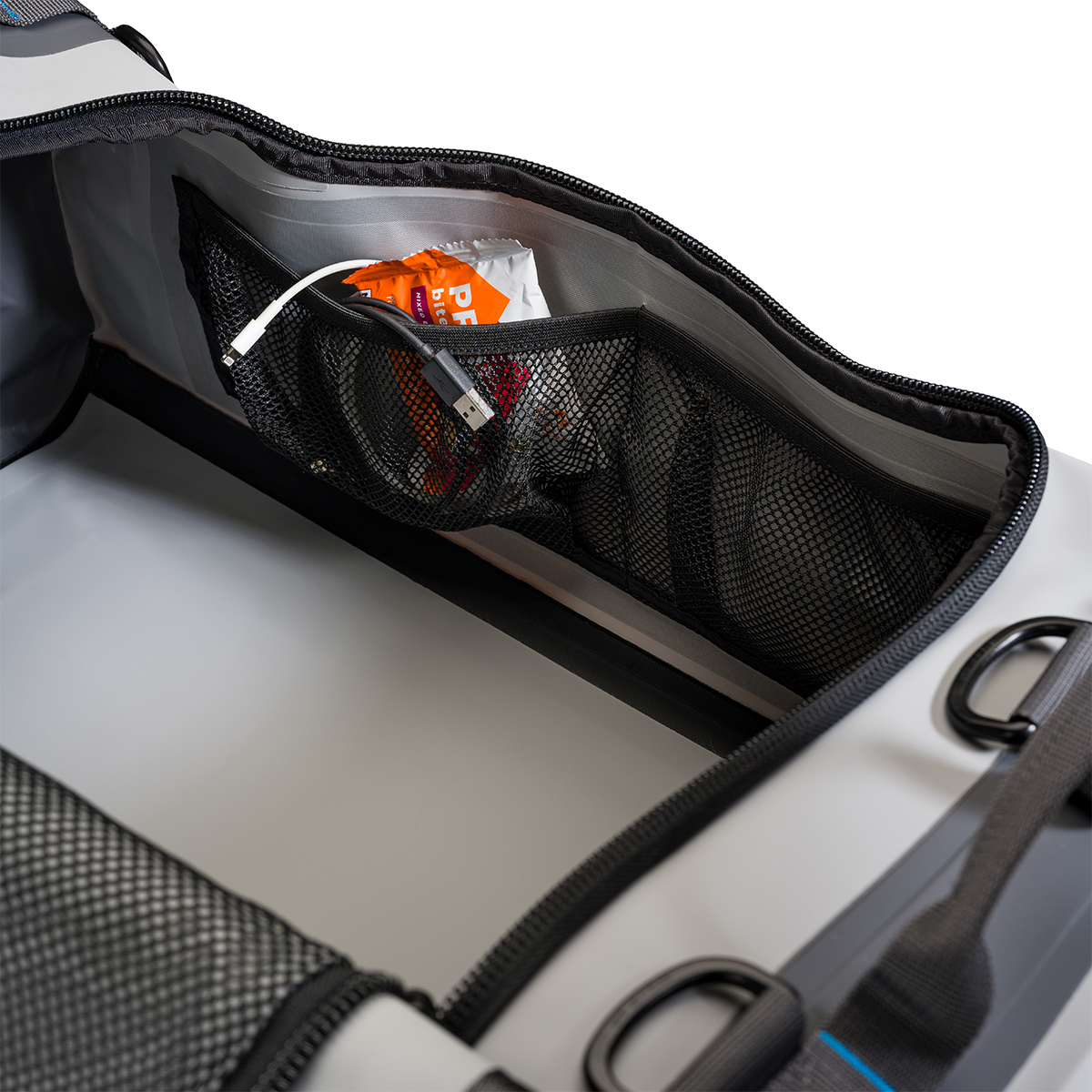
Panama Mesh Backpack
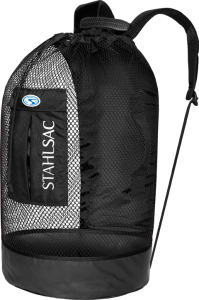 The most copied design in scuba diving, the Stahlsac Panama Mesh Backpack is the “original” design and features two high-density foam padded shoulder straps, extra durable polyester mesh, duffel bag handles and our unique zippered dry pocket inside that combines with a wet pocket outside. The bottom’s built from reinforced 18-gauge PVC nylon to combat the wear and tear of your active coastal lifestyle, and, as a bonus in every bag, we supply a 12″ x 12″ mesh drawstring satchel for extra stowing utility. Pack up your beach kit and go.
The most copied design in scuba diving, the Stahlsac Panama Mesh Backpack is the “original” design and features two high-density foam padded shoulder straps, extra durable polyester mesh, duffel bag handles and our unique zippered dry pocket inside that combines with a wet pocket outside. The bottom’s built from reinforced 18-gauge PVC nylon to combat the wear and tear of your active coastal lifestyle, and, as a bonus in every bag, we supply a 12″ x 12″ mesh drawstring satchel for extra stowing utility. Pack up your beach kit and go.
- Density foam padded shoulder straps
- Outside wet/dry pockets
- 2 Carry handles
- Tough, snag-resistant polyester mesh
- Reinforced PVC bottom
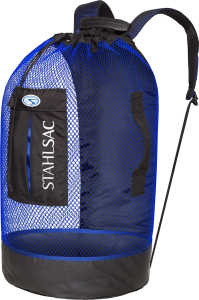
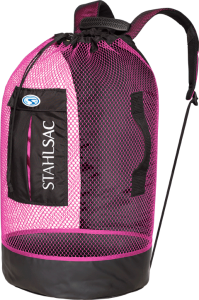
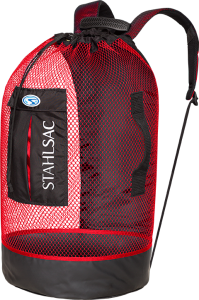
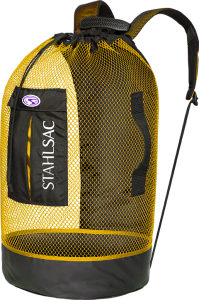
For more information about Stahlsac bags, visit www.stahlsac.com/dive-bags.
Sea & Sea is the home of Stahlsac and other leading diving brands in the UK.
Blogs
EXCLUSIVE: Jeff Goodman interviews Mark Spiers, CEO of New Scuba Diving Training Agency NovoScuba
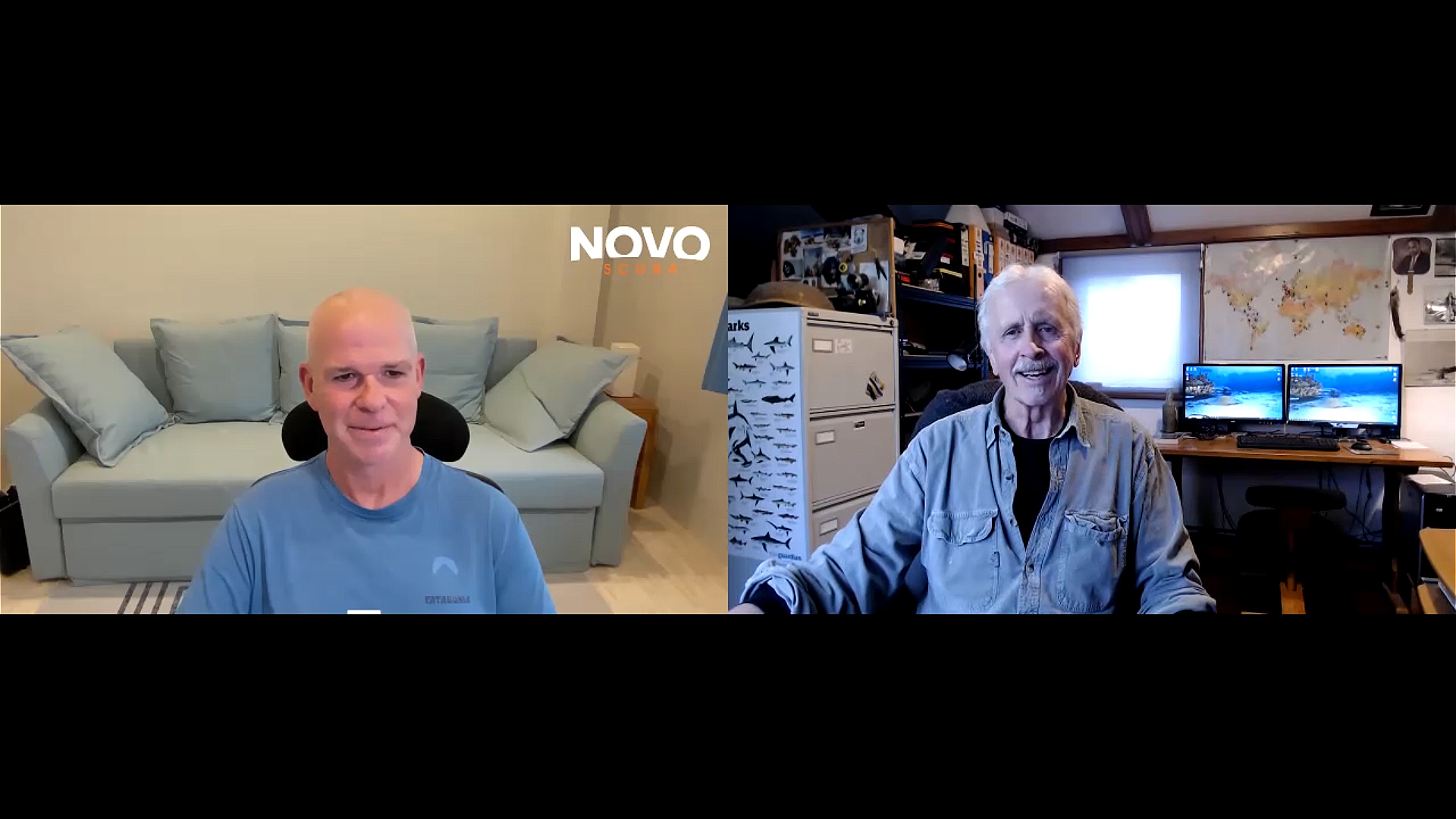
In a video recorded exclusively for Scubaverse.com, Jeff Goodman interviews Mark Spiers, CEO of new scuba diving training agency NovoScuba.
Find out more about NovoScuba at www.novoscuba.com.
-
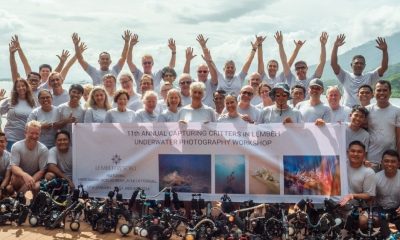
 News3 months ago
News3 months agoCapturing Critters in Lembeh Underwater Photography Workshop 2024: Event Roundup
-
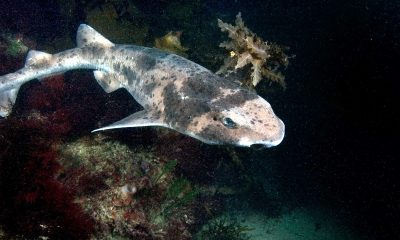
 Marine Life & Conservation Blogs3 months ago
Marine Life & Conservation Blogs3 months agoCreature Feature: Swell Sharks
-
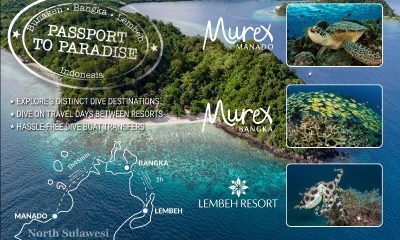
 Blogs2 months ago
Blogs2 months agoMurex Resorts: Passport to Paradise!
-
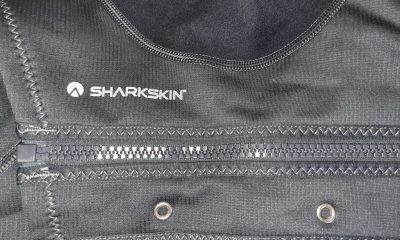
 Gear Reviews3 weeks ago
Gear Reviews3 weeks agoGEAR REVIEW – Revolutionising Diving Comfort: The Sharkskin T2 Chillproof Suit
-
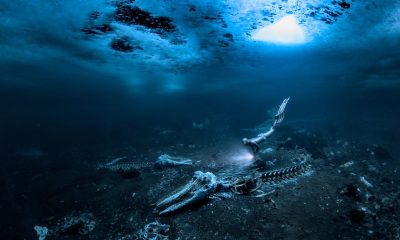
 Blogs3 months ago
Blogs3 months agoDiver Discovering Whale Skeletons Beneath Ice Judged World’s Best Underwater Photograph
-
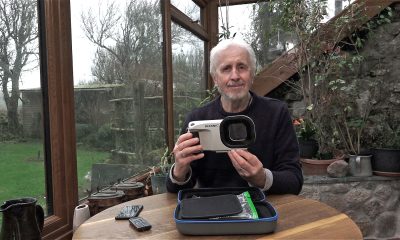
 Gear Reviews3 months ago
Gear Reviews3 months agoGear Review: Oceanic+ Dive Housing for iPhone
-
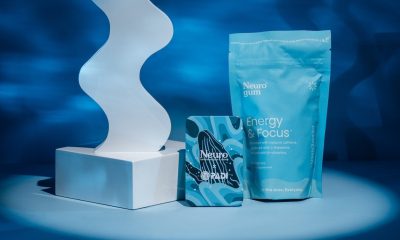
 News2 months ago
News2 months agoPADI Teams Up with Wellness Brand Neuro to Drive Ocean Change and Create a Blue State of Mind
-
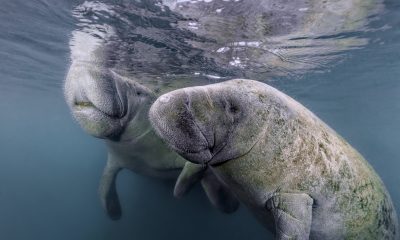
 Marine Life & Conservation2 months ago
Marine Life & Conservation2 months agoSave the Manatee Club launches brand new webcams at Silver Springs State Park, Florida



